Project
DAIMON 1&2 - How to manage dumped munition in the Baltic sea
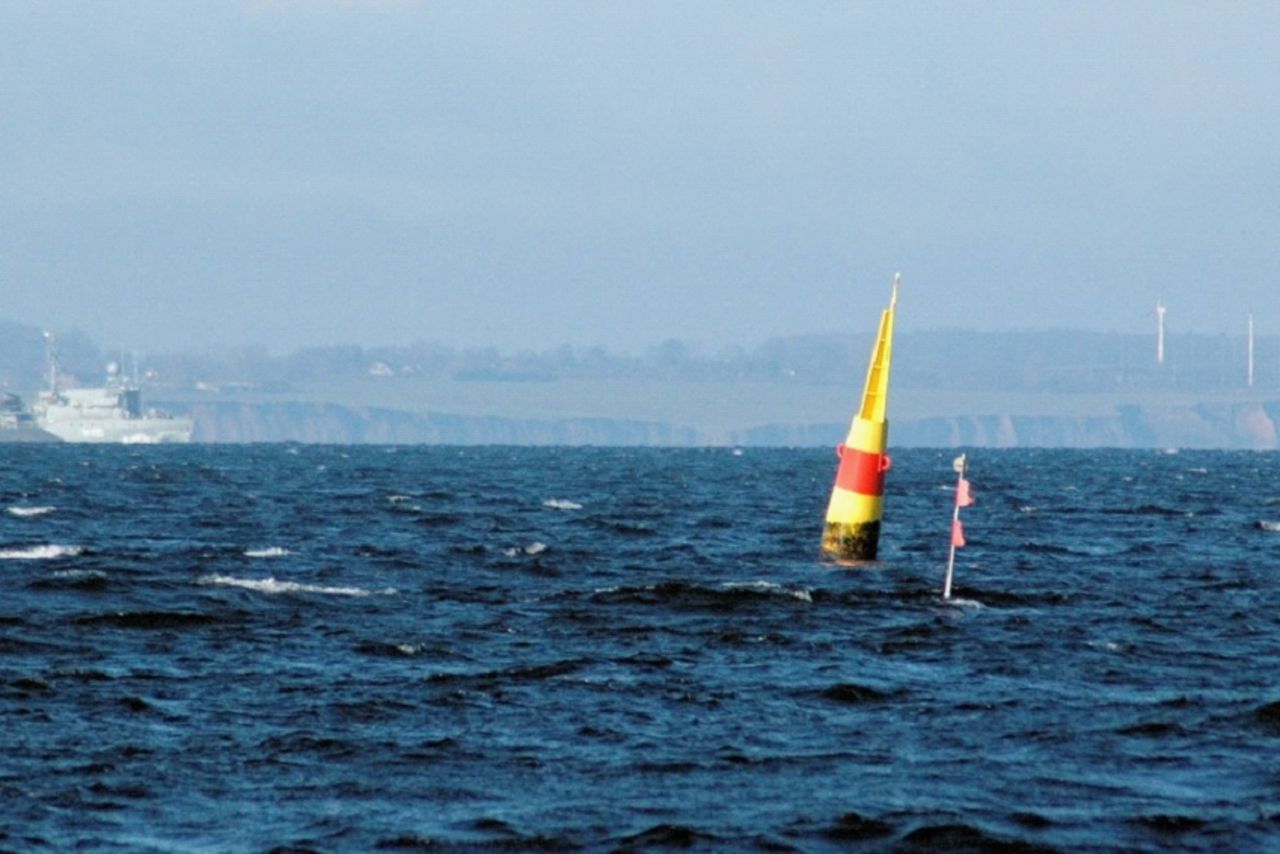
Decision aid for marine munitions
Dumped Munition in the Baltic Sea pose a potetial risc for the environment. Baltic Sea contains the legacy of ca. 50 000 tons of dumped chemical munitions and more than 200 000 tons conventional munitions originating from the I and II WW. Which chemicals or metabolites are detectable in fish? Do they pose a threat for fish, do they affect fish health and how can the dumped munition been managed? These questions are adressed in the the research project DAIMON.
Background and Objective
Chemical and conventional ammunition dumped in the Baltic Sea and in the Skagerrak contains a wide range of hazardous substances. Considering the growing use of the seabed for economic purposes, such as offshore wind farms and pipelines, the likelihood of disturbing dumped containers with chemical warfare agents (CWA), causing direct emissions to the surrounding environment and risk of human and wildlife exposure, is increasing. In addition, the containers are deteriorating due to e.g. corrosion. For these reasons there is an ongoing discussion on how to assess and manage the environmental risk of dumped ammunition, especially in areas where their location is likely to cause a conflict with maritime activities.
DAIMON aims on better evaluation of the risks and benefits of various management options. The environmental effects of CWA and conventional munition will be assessed in order to make proper risk assessments. DAIMON will develop techniques for the assessment of impacts of the dumped ammunition on ecosystem, maritime activities and humans as seafood consumers.
Approach
Thünen will contribute to field studies (Walther Herwig III and Clupea), laboratory experiments and caging studies with fish. Parameters under investigation will be e.g. fish diseases, liver histopathology, biological effects techniques, toxicity test of relevant metabolites with zebrafish embryos and chemical analytics of TNT and it major metabolites.
In DAIMON2 the Thünen Institute will organize two workshops to convey the relevant methods to stakeholders. One of the workshops will take place on a research vessel.
Our Research Questions
The main question is if and how explosives like TNT (Trinitrotoluene) affect fish health. The findings should lead to a better assessment of environmental riscs as well as to a development of measures for an improved manegement of dumped munitions.
Results
To assess a possible impact of dumped munitions on fish health, Thünen researchers investigated dabs caught close to the munition dump site Kolberger Heide and from reference sites. Fish pathology and parasites were investigates as well as the blood: 25% of dabs from the dump sites exhibited liver tumors. In contrast dabs from the reference sites showed tumor rates below 5% - a significant difference. In vitro experiments conducted by Thünen researchers showed that TNT and its main metabolites damage DNA of fish – a possible explaination for the high tumor prevalence.
By means of chemical trace analysis several specific metabolites of TNT could be identified – including so far unknown substances. It could be shown that 48% of the dabs from the dumping sites were positive for one or more metabolites of explosives. In refernece sites the positive results were significantly lower or at 0%.
The results show that fish can degrade explosives like TNT to pontental toxic metabolites. Further on the metabolites can be used as marker for exposition of fish to TNT even if TNT itself is not longer detectable.
The biological responses of the Atlantic hagfish to chemical warfare agents (CWA) from contaminated wrecks were studied: Hagfish from a reference site in the North Sea app. 400 km from the contaminated wreck area showed a lower prevalence of all the measured histopathological lesion categories compared to those collected from CWA contaminated study sites. However, no statistically significant differences in the lesion prevalence could be observed between the two sites. Pre-neoplastic lesions or tumours could not be found in hagfish from the North Sea reference site, while also the lowest prevalence of non-specific lesions was observed at that site. Furthermore, pre-neoplastic lesions (foci of cellular alterations) were recorded only in the wreck site samples. Also, a range of other histopathological liver changes were recorded with a higher incidence in the Skagerrak populations living close to the wrecks, including macrophage aggregates and putative hydropic degeneration of hepatocytes.
The results show differences in biomarker response between hagfish collected next to a wreck containing a large amount of CWA munitions compared to the reference sites, indicating negative biological impacts caused by the CWAs.
Links and Downloads
Thünen-Contact

Involved Thünen-Partners
Involved external Thünen-Partners
- SYKE - Finnish Environment Institute
(Helsinki, Finnland) - Institute of Oceanology - Polish Academy of Sciences
(Sopot, Polen) - Polish Naval Academy
(Gdynia, Polen) - Military University of Technology
(Warschau, Polen) - Maritime Institute Gdańsk
(Danzig, Polen) - Lithuanian Environmental Protection Agency
(Vilnius, Litauen) - Alfred Wegener Institut - Helmholtz -Zentrum für Polar und Meeresforschung
(Bremerhaven, Deutschland) -
Technical University of Clausthal
(Clausthal, Deutschland) -
University of Helsinki [FI]
(Helsinki, Finnland) - Chalmers University of Technology
(Gothenburg, Schweden) - Norwegian Defence Research Establishment
(Kjeller, Norwegen) - Stitching International Dialogue on Dumped Munitions
(Niederlande, Niederlande)
Duration
3.2016 - 1.2021
More Information
Project status:
finished
Publications
- 0
Kammann U, Aust M-O, Siegmund M, Schmidt N, Straumer K, Lang T (2022) Mercury and explosive compound 4-aminodinitrotoluene (4-ADNT) in dab (Limanda limanda) caught at munition dumping site Kolberger Heide in the Kiel Bight, Baltic Sea [Datenpublikation] [online]. Bremerhaven: PANGAEA, zu finden in <https://doi.org/10.1594/PANGAEA.949114> [zitiert am 27.10.2022], DOI:10.1594/PANGAEA.949114
- 1
Wilczynski W, Radlinska M, Wysujack K, Czub M, Brzezinski T, Kowalczyk G, Beldowski J, Nogueira P, Maszczyk P (2022) Metagenomic analysis of the gastrointestinal microbiota of Gadus morhua callarias L. originating from a chemical munition dump site. Toxics 10(5):206, DOI:10.3390/toxics10050206
- 2
Kammann U (2021) DAIMON Ecotox Toolbox in a nutshell : short practical guidance to explain and apply the Ecotox Toolbox (in simple version) [online]. Bremerhaven: Thünen Institute of Fisheries Ecology, 2 p, zu finden in <https://www.thuenen.de/media/institute/fi/Meeresumwelt/DAIMON_Ecotox_Toolbox/DAIMON_Ecotox_Toolbox_in_a_nutshell.pdf> [zitiert am 12.07.2022], DOI:10.13140/RG.2.2.28450.50886
- 3
Lang T, Kammann U (eds) (2021) DAIMON ECOTOX Toolbox- Toolbox for the assessment of marine munitions’ impact on biota [online]. Bremerhaven: Thünen Institute of Fisheries Ecology, 16 p, zu finden in <https://www.thuenen.de/media/institute/fi/Meeresumwelt/DAIMON_Ecotox_Toolbox/DAIMON_A_2.5_Toolbox__for_JS_vs_1_0.pdf> [zitiert am 12.07.2022], DOI:10.13140/RG.2.2.13351.01444
- 4
Kammann U, Straumer K, Koske D, Scharsack JP (2021) DAIMON2: Decision aid for marine munitions - practical application. Bremerhaven: Thünen Institute of Fisheries Ecology, 1 p, Project Brief Thünen Inst 2021/18a, DOI:10.3220/PB1623067464000
- 5
Kammann U, Straumer K, Koske D, Scharsack JP (2021) DAIMON2: Entscheidungshilfe für Munition im Meer - Praktische Anwendung. Bremerhaven: Thünen-Institut für Fischereiökologie, 1 p, Project Brief Thünen Inst 2021/18, DOI:10.3220/PB1623067095000
- 6
Kammann U, Aust M-O, Siegmund M, Schmidt N, Straumer K, Lang T (2021) Deep impact? Is mercury in dab (Limanda limanda) a marker for dumped munition? Results from munition dump site Kolberger Heide (Baltic Sea). Environ Monit Assessm 193:788, DOI:10.1007/s10661-021-09564-3
- 7
Scharsack JP, Koske D, Straumer K, Kammann U (2021) Effects of climate change on marine dumped munitions and possible consequence for inhabiting biota. Environ Sci Europe 33:102, DOI:10.1186/s12302-021-00537-4
- 8
Niemikoski H, Straumer K, Ahvo A, Turja R, Brenner M, Rautanen T, Lang T, Lehtonen KK, Vanninen P (2020) Detection of chemical warfare agent related phenylarsenic compounds and multibiomarker responses in cod (Gadus morhua) from munition dumpsites. Mar Environ Res 162:105160, DOI:10.1016/j.marenvres.2020.105160
- 9
Koske D, Goldenstein N, Rosenberger T, Machulik U, Hanel R, Kammann U (2020) Dumped munitions: New insights into the metabolization of 2,4,6-trinitrotoluene in Baltic flatfish. Mar Environ Res 160:104992, DOI:10.1016/j.marenvres.2020.104992
- 10
Koske D, Straumer K, Goldenstein N, Hanel R, Lang T, Kammann U (2020) First evidence of explosives and their degradation products in dab (Limanda limanda L.) from a munition dumpsite in the Baltic Sea. Mar Pollut Bull 155:111131, DOI:10.1016/j.marpolbul.2020.111131
- 11
Niemikoski H, Koske D, Kammann U, Lang T, Vanninen P (2020) Studying the metabolism of toxic chemical warfare agent-related phenylarsenic chemicals in vitro in cod liver. J Hazard Mater 391:122221, DOI:10.1016/j.jhazmat.2020.122221
- 12
Straumer K, Kraugerud M, Feist SW, Ahvo A, Lehtonen K, Lastumäki A, Ljønes M, Aa Tørnes J, Lang T (2020) The use of Atlantic hagfish (Myxine glutinosa) as a bioindicator species for studies on effects of dumped chemical warfare agents in the Skagerrak. 1: Liver histopathology. Mar Environ Res 161:105046, DOI:10.1016/j.marenvres.2020.105046
- 13
Ahvo A, Lehtonen KK, Lastumäki A, Straumer K, Kraugerud M, Feist SW, Lang T, Aa Tørnes J (2020) The use of atlantic hagfish (Myxine glutinosa) as a bioindicator species for studies on effects of dumped chemical warfare agents in the skagerrak. 2. Biochemical biomarkers. Mar Environ Res 162:105097, DOI:10.1016/j.marenvres.2020.105097
- 14
Koske D, Goldenstein N, Kammann U (2019) Nitroaromatic compounds damage the DNA of zebrafish embryos (Danio rerio). Aquatic Toxicol 217:105345, DOI:10.1016/j.aquatox.2019.105345
- 15
Czub M, Kotwicki L, Lang T, Sanderson H, Kluawk Z, Grabowski M, Szubska M, Jakacki J, Andrzejewski J, Rak D, Beldowski J (2018) Deep sea habitats in the chemical warfare dumping areas of the Baltic Sea. Sci Total Environ 616-617:1485-1497, DOI:10.1016/j.scitotenv.2017.10.165
- 16
Dabrowska H, Kopko O, Lehtonen KK, Lang T, Waszak I, Balode M, Strode E (2017) An integrated assessment of pollution and biological effects in flounder, mussels and sediment in the southern Baltic Sea coastal area. Environ Sci Pollut Res 24(4):3626-3639, DOI:10.1007/s11356-016-8117-8

![[Translate to English:] [Translate to English:]](/media/_processed_/2/9/csm_Embryo-Exp_Gelege_9F_dpf5-200513111619_c8534a8199.jpg)
![[Translate to English:] [Translate to English:]](/media/_processed_/2/9/csm_Embryo-Exp_Gelege_9F_dpf5-200513111619_9027994d44.jpg)
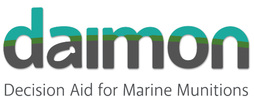
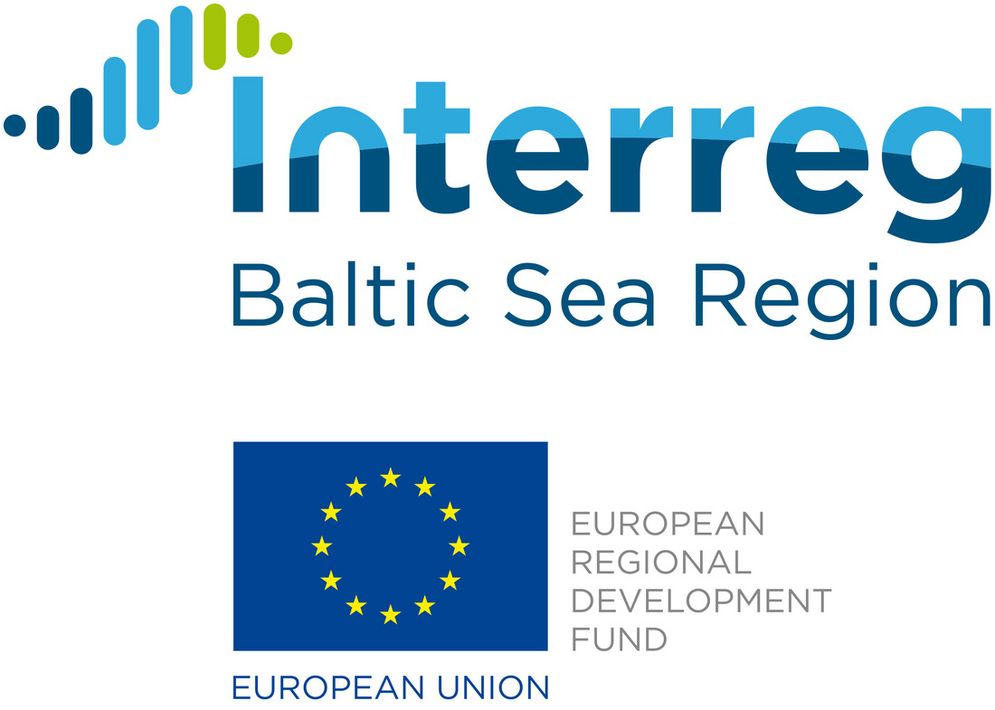
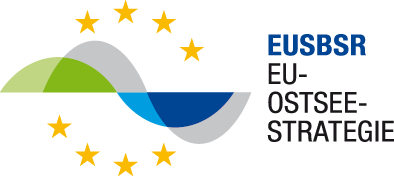
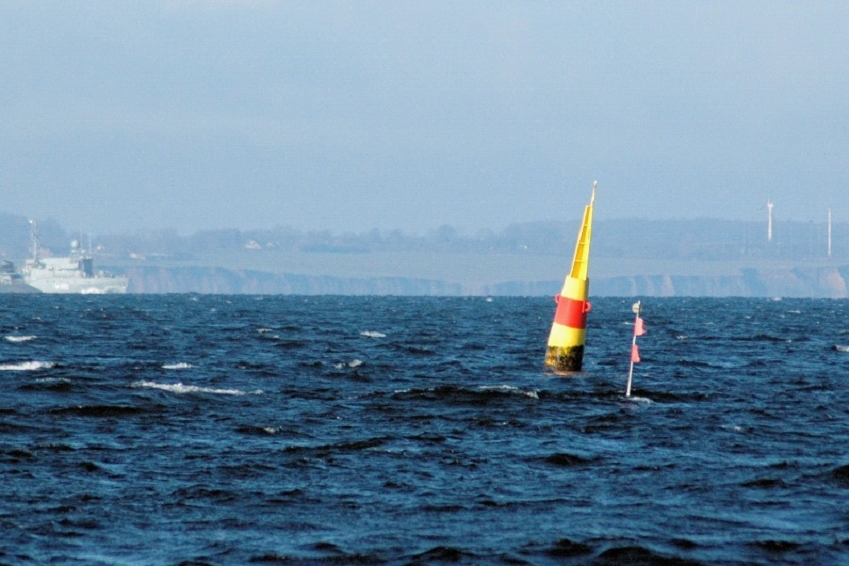
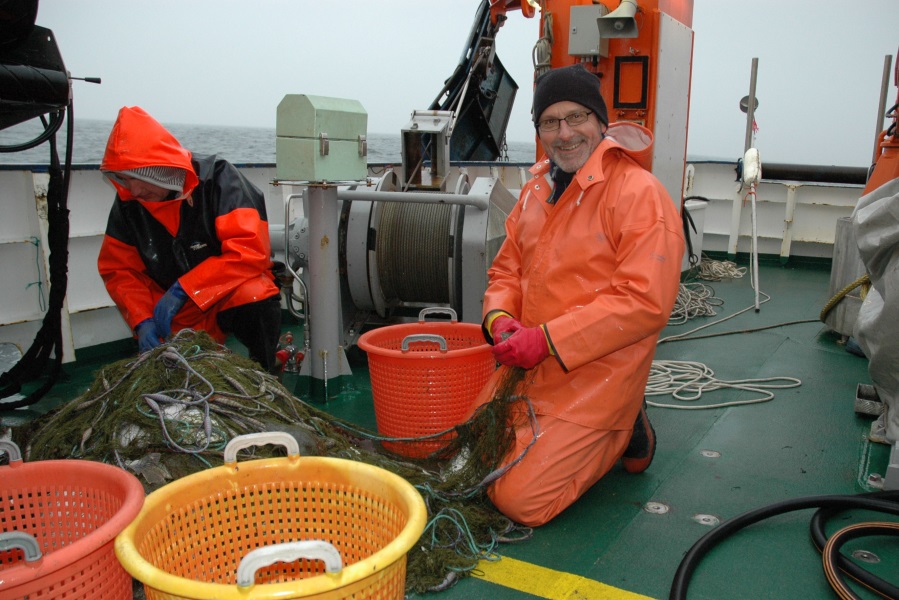
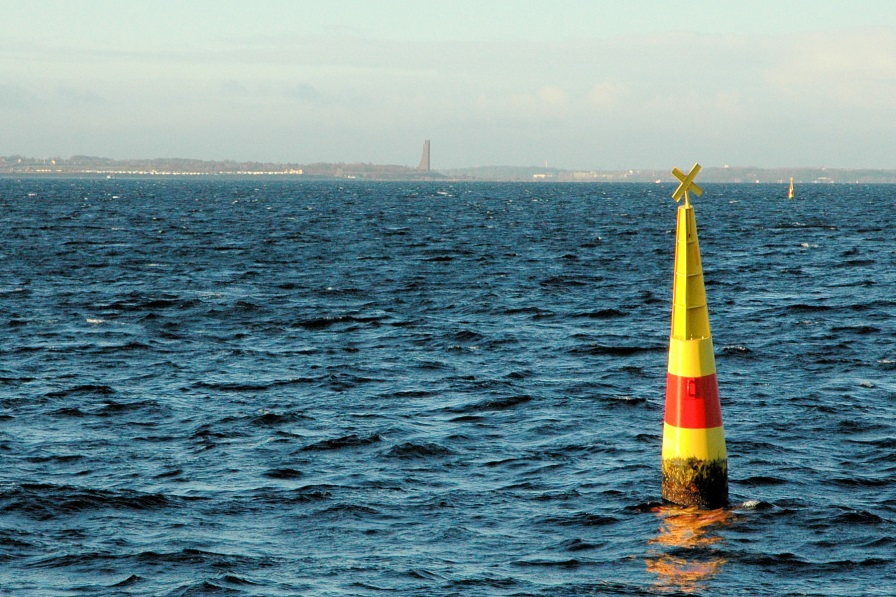
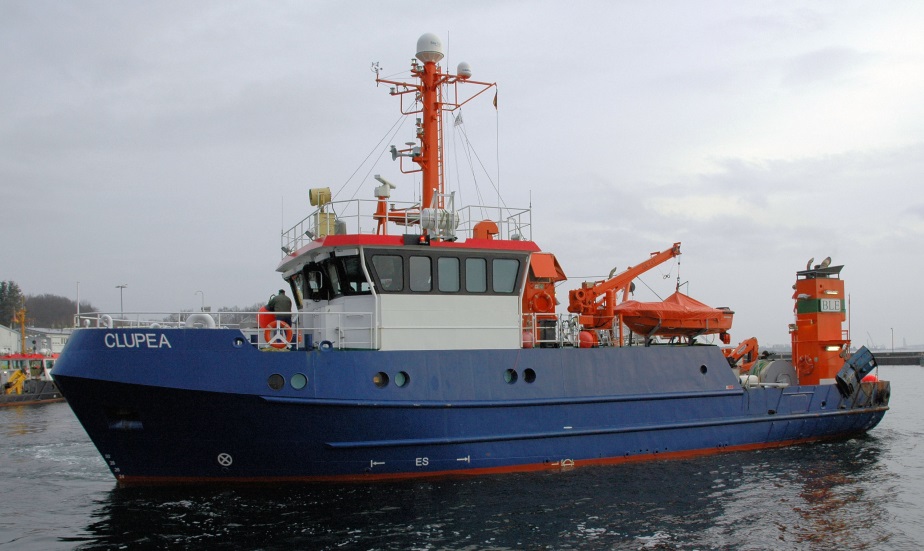
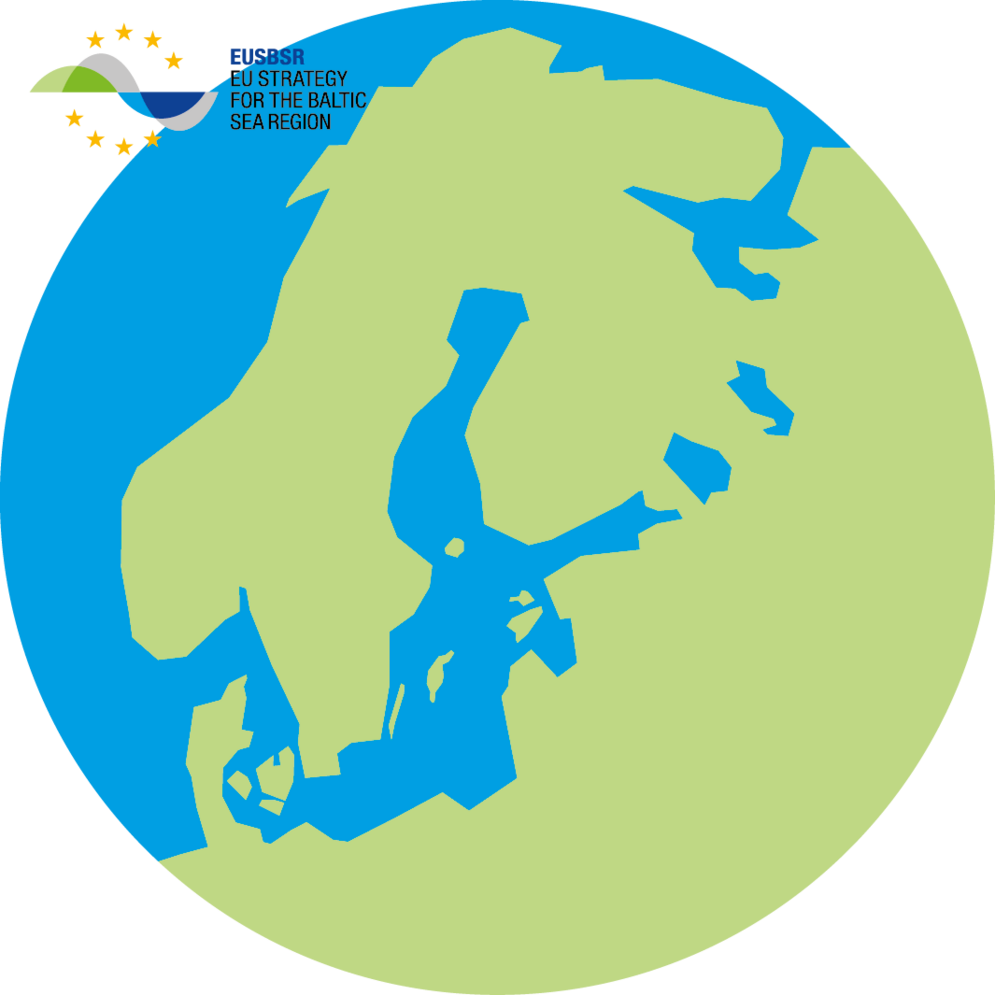
![[Translate to English:] Logo des Bundesministerium für Ernährung und Landwirtschaft](/media/allgemein/logos/BMEL_Logo.svg)